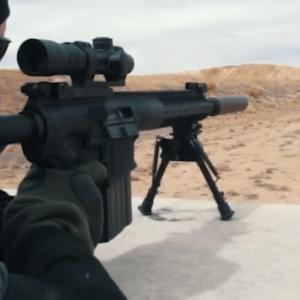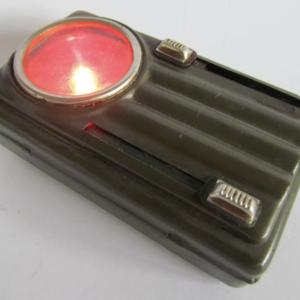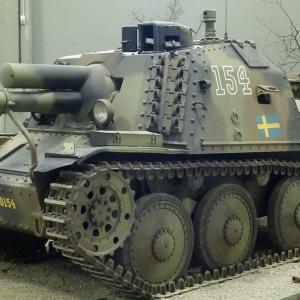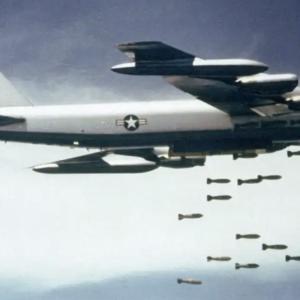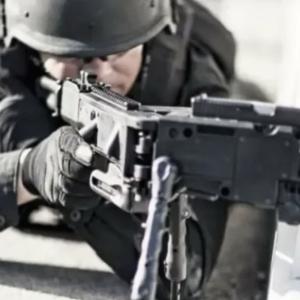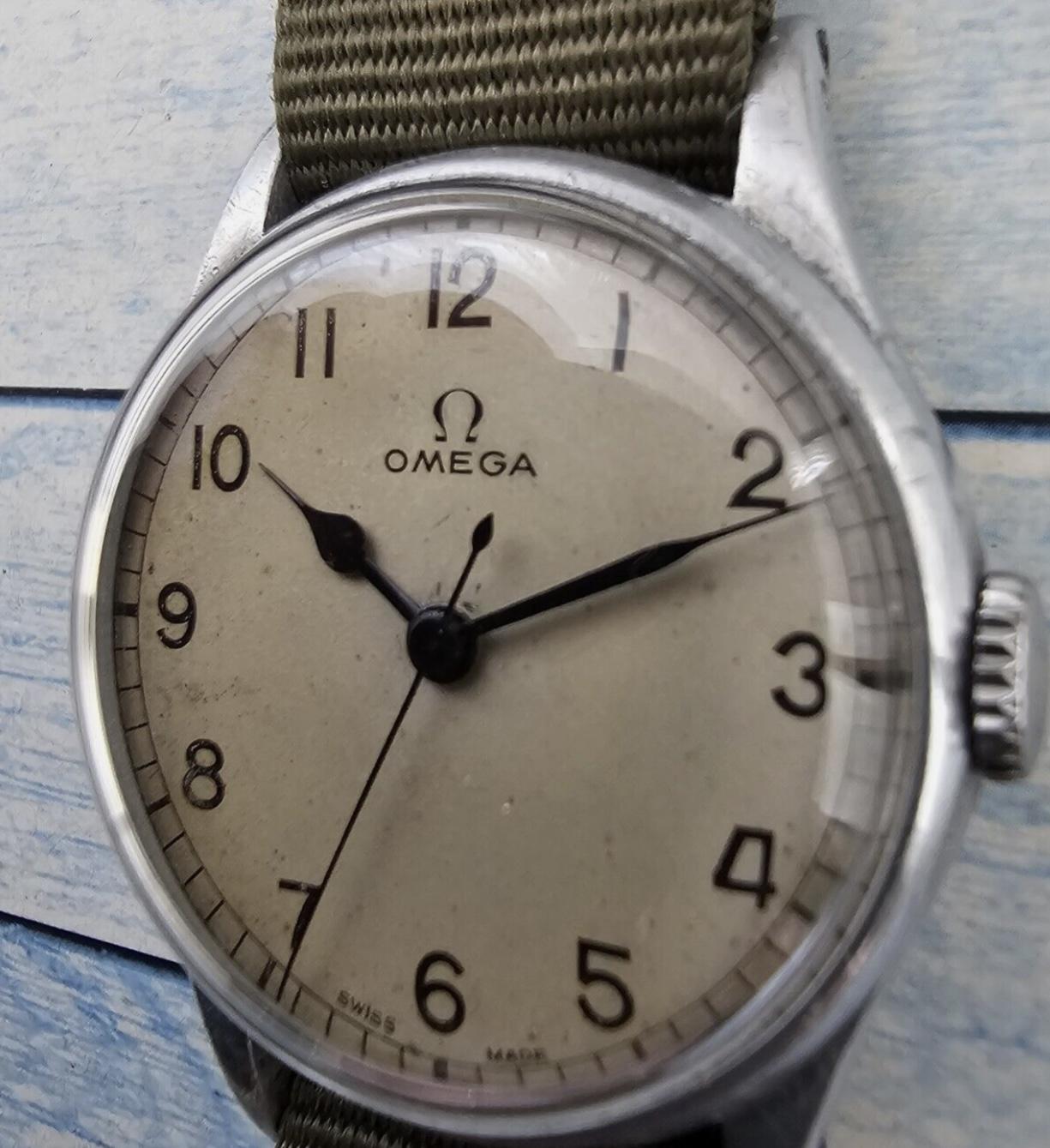
Omega military Watch
During the Second World War, Omega was one of several Swiss watchmakers commissioned by the British Ministry of Defence to supply rugged, reliable timepieces for military use. These watches were never about luxury or status; they were built for function, durability, and precision under the most demanding conditions. Today, they are sought-after collector’s items, admired not only for their craftsmanship but also for the history they represent.
In 1944 and 1945, the British government established strict specifications for a military wristwatch. It had to be waterproof, accurate, easily readable, and luminous for night use. Twelve companies met these requirements, and Omega was among the most prominent. The watches they produced as part of this group became known informally as the “Dirty Dozen,” a term collectors use today to describe these iconic pieces. Omega manufactured around 25,000 watches for this purpose, each one marked with the letters “WWW” on the caseback—short for Watch, Wrist, Waterproof. The watches were robust, housed in stainless steel cases, and powered by Omega’s highly regarded 30T2 manual-wind movement. The dials were black with large white Arabic numerals and luminous hands, offering excellent visibility even in low-light conditions. They also featured a small seconds subdial at the 6 o’clock position and fixed spring bars to prevent the strap from detaching in the field.
These Omega watches were standard issue for soldiers in the British Army, particularly those serving in the European theater near the end of the war. They weren’t reserved for officers or elite units; they were issued widely, intended to be durable and dependable on the battlefield. Beyond the Dirty Dozen watches, Omega also supplied other military branches. The Royal Air Force, for instance, issued Omega watches to pilots and navigators, including models marked 6B/159. The Fleet Air Arm—the aviation branch of the Royal Navy—also used Omega timepieces, marked with “HS” numbers, such as HS-8. These watches often had cases made from nickel-plated brass, fixed lugs, and were sometimes smaller and lighter, reflecting the different needs of aircrew.
What made these watches truly special was their reliability and legibility. The 30T2 movement was one of the finest hand-wound calibers of the era, praised for its accuracy and simplicity. The black dial with luminous hands and numerals ensured that time could be read instantly, even under poor lighting or combat stress. The stainless steel cases offered strong protection against shock and moisture, and their construction allowed for servicing and maintenance by military watchmakers in the field. In short, they did their job—and they did it well.
As for the original cost, detailed pricing information from the wartime contracts is difficult to confirm. Civilian Omega watches in the 1940s typically sold for between £3 and £10 depending on the model and materials. It’s likely that the government paid a similar or slightly lower price per watch, given the scale of the orders and the utilitarian nature of the designs. However, wartime inflation and material shortages may have affected the final cost. Either way, these watches were never extravagant; they were tools of war, priced for mass distribution.
Today, their value has changed dramatically. A genuine Omega WWW from the Dirty Dozen series, in original and unrestored condition, can sell for £3,000 to £5,000 depending on condition, originality, and provenance. Watches that still retain their original dials, hands, military engravings, and lume are far more desirable to collectors. Pieces with accompanying documentation or known service history can command even higher prices. Variants made for aircrew, such as the 6B/159 or HS-8 models, are rarer and can be valued higher still. Some late-1940s and early-1950s military Omegas, particularly dive watches like the Seamaster 300s issued in the 1960s, have fetched well over £15,000 at auction due to their rarity and naval associations.

